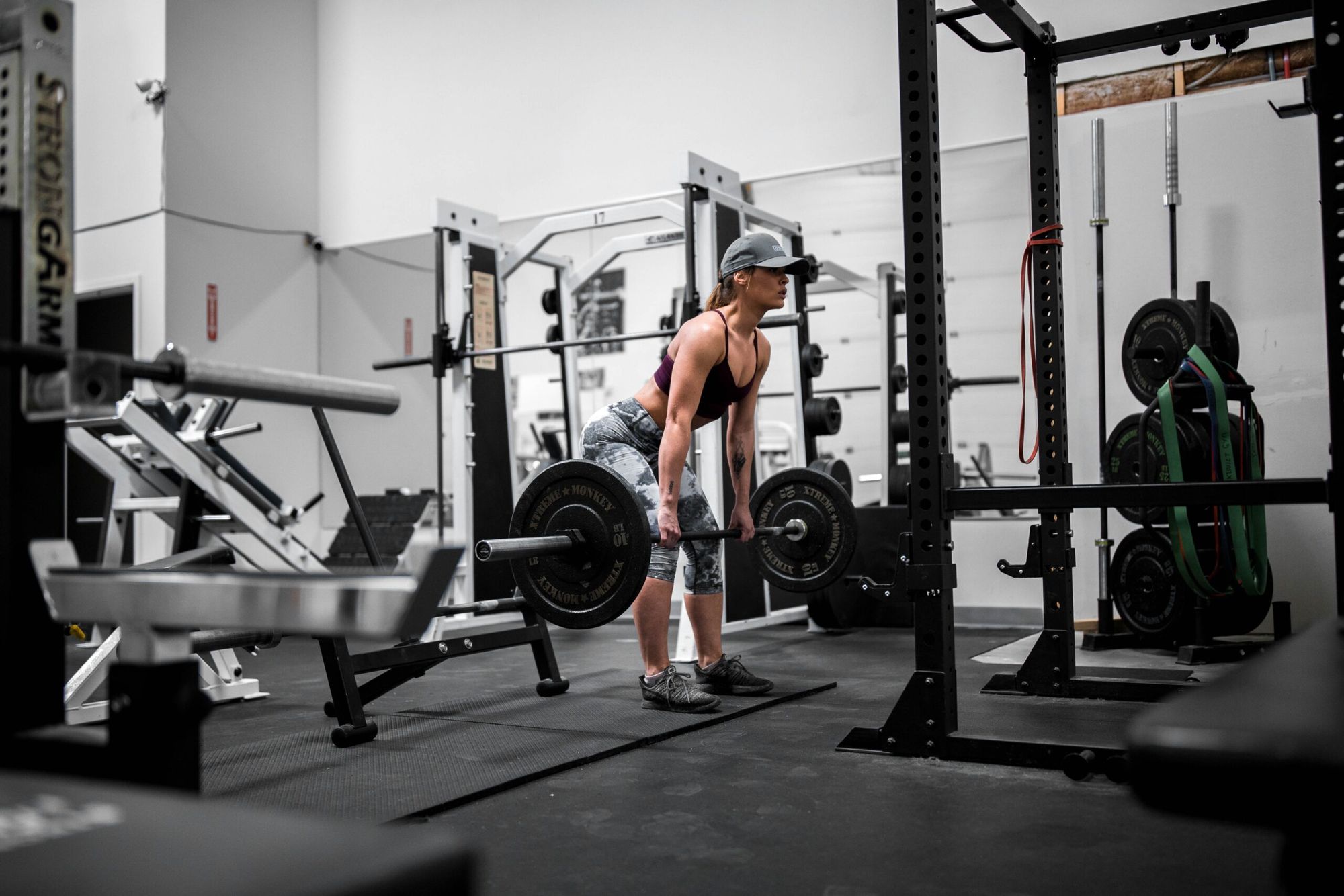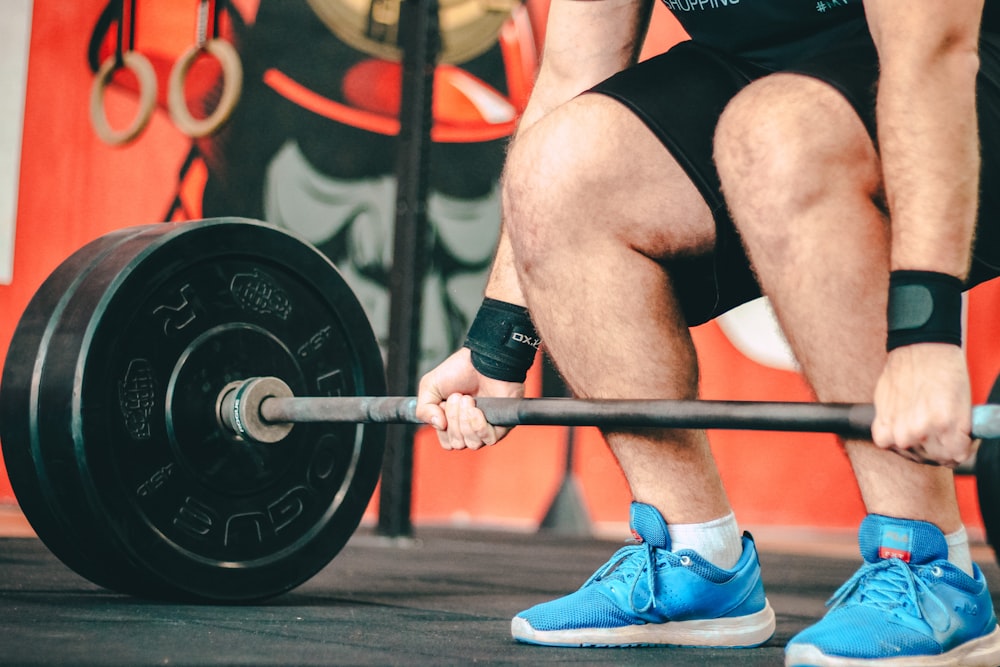
Weight lifting might just be the best weight loss technique you’re not trying, especially once you start lifting heavy weights. When weight lifting is combined with cardio and other forms of fitness that increase flexibility (such as yoga), the health benefits are astounding. When you’re lifting heavy weights regularly, you can expect benefits such as improved coordination and balance, better posture, stronger bones and joints, and reduced risk of injury performing everyday tasks. These are only a few of the perks weightlifters enjoy.
However, when not performed correctly, weight lifting (like anything physically strenuous) carries a high risk of injury. This is especially true for people who lift heavy weights. Weight lifting injuries can range from mildly painful microtears and debilitating pulled muscles to more severe and painful trauma like ligament strain, significant muscle tearing or pinched nerves. In extreme cases, disc separation or vertebral fractions can also occur if you’re lifting heavy weights improperly. These types of injuries are usually longer lasting and may permanently affect your ability to work out or sit or stand for long periods of time.
If you’re new to the gym community, the equipment and seemingly endless ways in which they can be used is overwhelming. Often, new lifters are reluctant to ask for help; they may wish to get their workout finished while attracting very little attention to themselves. Not only does this leave them vulnerable to gym injuries, it greatly impacts their ability to get the most results from their workout.
Before you head into the gym, ensure that you become comfortable with the idea of asking professional staff members for help. In addition to the gym staff whose job it is to help you, most of your fellow gym-goers will be happy to teach you as well.
For a crash course on lifting heavy weights correctly to reduce your risk of injury, read on.
Using Correct Form When Lifting Heavy Weights
Above all, the most important rule when it comes to lifting heaving weights (and weightlifting in general) is to make sure you hold the correct form. It’s a good idea to use a spotter to make sure that you’re performing the move correctly.
For example, you’ve probably heard someone say to ‘lift with your legs, not your back’. That’s because your leg muscles are significantly stronger than the muscles in your back. Holding correct form while lifting heavy weight ensures that you’re working the muscle group you intend to work on instead of overloading smaller, less developed muscles.
Correct form will vary slightly depending on what muscle group you’re activating to lift, but there are some guidelines that are universal.
Keep your core engaged throughout the entire range of motion: imagine your belly button is being pulled up and towards your spine by an invisible string. Breathe cyclically, inhaling as your lift and exhaling as you lower.

Work Your Big Muscle Groups
Implementing strength training as part of your workout routine is one of, if not the most, effective ways to lose weight and keep it off. Muscle tissue burns more calories than adipose (fat) tissue, so the more muscles you have, the more calories your body will burn, even on rest days. Humans have about 600 individual muscles throughout our bodies, but the most important ones to work out can be divided into 6 groups. These include:
- Chest
- Back
- Arms
- Shoulders
- Legs
- Calves
Create your heavy lifting routine by designating a day devoted to certain muscle groups instead of trying to hit every group at once. Remember that certain muscle groups complement each other and can be combined. For example, instead of devoting an entire day to arms, combine your upper body’s pulling muscles (back and biceps) or pushing muscles (chest and triceps). You can read more about push-pull workouts (and get some inspiration for routine building) here.
When creating your routine, make it your target to hit every muscle group around every 5 days.
Compound Moves VS Isolation Moves
It’s important to include both compound moved and isolation moves in your lifting routine.
Compound moves are lifts that work different muscle groups at the same time. Some examples include squats, deadlifts, bench presses, pull-ups or chin-ups, and rows or row variations. You can watch tutorials on how to perform some of these moves here. Because these moves require more energy than smaller, isolation moves, it makes sense to start your workout with compound moves (after a good warm-up and stretching session, of course).
In contrast, isolation moves target smaller, specific muscle groups. Just because they’re smaller doesn’t make them less important, however. Failing to train your smaller muscle groups as you grow your larger ones can result in muscular imbalance, leading to declining coordination and an increased risk of injury, especially as you move into heavier weight classes.
Some examples of isolation exercises are bicep curls, tricep dips, abdominal crunches, hyperextensions, calf raises or cable flys. Finish your workout with your isolation exercises.

How to Safely Increase Weight: The Power of Supersets
Just like it’s a bad idea to stretch a cold muscle, neither should you begin a lifting session with the heaviest weight you can handle. Rather, start with a light set (after a proper warm-up and stretching routine) and gradually ‘ramp up’ each set until you’ve hit the maximum amount of weight you can handle without breaking form.
Of course, you don’t want to stay stagnant, you want to increase your strength, and the only way to do that is to lift heavier weights. How do you know when it’s time to increase? Listen to your body during your workout. When a set has become too easy, that’s a good indication that you’re ready to either increase the number of reps (lifts per set) or increase your weight. Be prepared to do fewer reps if you have increased the amount of weight you’re lifting.
For example, if your standard squat has been 5×3 (5 squats, 3 times) at 50 pounds, but you reach the end of your workout and find you have enough energy left to do another set, then your body has adapted to your workout and is ready to level up. Either do another set or add 5-10 pounds to your rack. With the added weight, you may only be able to do 3 squats instead of 5. That’s ok. Challenging yourself is good, but pushing yourself too hard will likely lead to injury. Always ask for someone to spot you after increasing your weight.
Another way to grow your muscles is to do supersets: perform one set with maximum weight until you’re just below the level of exhaustion, then significantly decrease your weight and perform a high number of reps with very little weight. You can shorten your rest interval this way, and is an effective method for those quick gym sessions when you’re short on time.
Rest Up, Be Patient, and Have Fun
Once you get the hang of it, lifting weights can be a lot of fun, and can benefit you emotionally and psychologically as well as physically.
However, it’s vital to give your muscle groups time to rest and recuperate. Never work the same muscle group two days in a row. Two to three days is a good amount of rest time. Some athletes like to work their upper body while their lower body recovers, for example.
It’s important to listen closely to your body when performing these routines, as injury can happen quickly under a heavy load. Some degree of muscle soreness is to be expected after a workout, but if you experience pain while you’re lifting, stop immediately and see a medical professional if pain persists. Even something minor can quickly become a big problem if proper rest and recovery time isn’t given.
Be patient as some people are genetically more likely to build bigger muscles faster than others. It’s also important to note that some people have a genetically higher risk of injury than others. A DNA test from CircleDNA can give you insight into both these things and more.
Most importantly, find ways to enjoy weightlifting, whether it’s by working out with a friend or putting together an uplifting playlist. Fitness isn’t something you achieve, it’s a way of life.






This Post Has One Comment
Comments are closed.